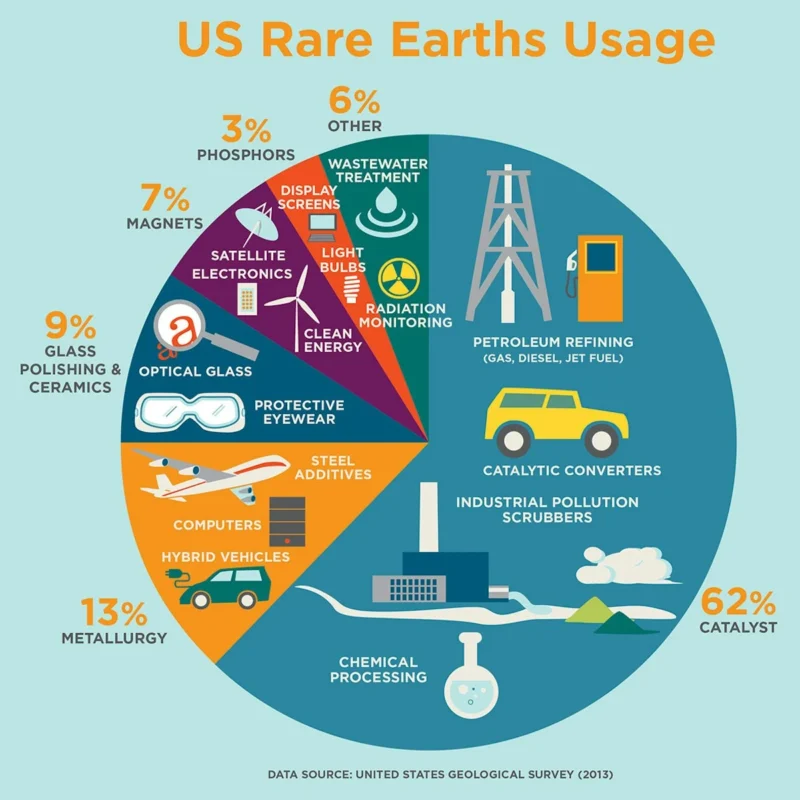Blog
Rare Earth Elements

Introduction:*
In our modern world, technology has become an integral part of our daily lives. With this tremendous advancement, new materials have emerged that are essential in manufacturing electronic devices, electric cars, and modern industrial equipment. Among these materials, rare earth elements stand out as vital components in many advanced industries. But what exactly are rare earth elements? And why are they so crucial in today’s world? In this article, we will explore the properties, applications, and significant role of rare earth elements in shaping the future of technology.
What Are Rare Earth Elements?*
Rare earth elements refer to a group of 17 chemical elements that share certain properties and are often found in trace amounts in the Earth’s crust. Despite their name, these elements are not rare in nature in terms of abundance; however, they are considered rare due to the difficulty in extracting and processing them. These elements include:
- *Lanthanides: such as **Lanthanum (La), **Cerium (Ce), and *Neodymium (Nd).
- *Other elements: such as *Scandium (Sc) and Yttrium (Y).
These minerals are crucial in a variety of technological and industrial applications.

Properties of Rare Earth Elements
Rare earth elements have several characteristics that make them highly valuable for industrial and technological applications, such as:
- Excellent electrical conductivity: which makes them ideal for use in electronics.
- Magnetic properties: especially in elements like Neodymium, which are used in manufacturing strong magnets.
- Chemical stability: making them suitable for use in harsh environments, such as in batteries and aerospace equipment.
- Fluorescent properties: which are essential in lighting and optical technologies.

Where Are Rare Earth Elements Used?*
Rare earth elements are integral components in the production of many modern devices. Here are some of their key applications:
- *Permanent Magnets: Rare earth elements, such as Neodymium, are used in manufacturing permanent magnets found in **electric motors, **generators, and *electric vehicles. These magnets are crucial in making devices more efficient and lightweight.
- *Batteries: Rare earth elements like Cerium are used in the production of *lithium-ion batteries that power *smartphones, **electric cars, and *portable devices.
- *Displays and Lighting: Rare earth elements are used in **LCD screens, **LED displays, and *fluorescent lighting, improving color accuracy and energy efficiency.
- *Medical Devices: Rare earth elements are used in **X-ray machines, **laser devices, and even in *chemotherapy treatments for cancer patients.
Challenges and Opportunities:*
Despite the critical role of rare earth elements in various industries, extracting and processing them presents significant challenges. They are often located in hard-to-reach areas, which increases extraction costs. However, the global demand for these elements is growing, presenting opportunities for innovation in extraction methods and refining techniques.
Conclusion:*
Rare earth elements are not just ordinary materials—they are the backbone of the technological revolution we are witnessing today. From powerful magnets to advanced batteries and smart displays, these minerals are essential to the industries of the future. Therefore, investing in rare earth elements is an investment in the future. If you’re looking to expand your business in this field, rare earth elements open up new doors for innovation and growth.





